Are you full of ideas about jazzing up your home but can’t figure out how? Here’s how indoor plants can change the look in a good way!
Living in a high-rise building apartment, we can guess you don’t have many options of having your own gardening space. This is where indoor plants come to play.
Not only do they help to enhance the overall appearance of your home, but indoor plants also have the power to eliminate air pollutants, reduce stress, increase creativity and boost your mood. All of this adds to a healthier life and environment.
Other than providing us with clean air by absorbing toxins, indoor plants can help to add color to a dull space. And we’re here to help you with that!
This article will help you to know more about the benefits of indoor plants and how to choose the right one for your home. So, let’s get right into it:
Proper Plants for Your Indoor Containers
When it comes to indoor plants the possibilities are endless. However, the creativity is limited as far as your imagination, budget, space, and most importantly – patience goes.
So, whether you’re planning to grow orchids in your washroom, wintering geraniums on your windowsill, or wondering How to Care for a Begonia Maculata, growing an indoor plant can be quite fun once you get the hang of it.
Knowing the Benefits
For indoor plants, it’s wise to go for plants that are native to the desert or the tropics. Growing herbs can be beneficial too. They’re likely to give you little to no trouble. Foliage plants are a great choice to start with. The Croton plant – not only does it have bright colors, but it also got stiff, glossy leaves. Similarly, the African violet is known for its comparison with tall umbrella plants.
We all know plants help to improve the air quality. But did you know that certain plants actively help to absorb the toxins in the air?
Plants like ivy, bamboo, mother-in-law’s tongue, and spider plants help to get rid of all the toxins in your home. And as a bonus, plants also help with photosynthesis, by taking in carbon dioxide and releasing oxygen, which in turn helps you to breathe better.
How to Choose Your Indoor Plants
Those who have prior experience in gardening are aware of the fact that every plant is different from one another. Some thrive when left alone and neglected, while others need a more hands-on approach with daily nurturing.
So whatever plant you choose, make sure it suits your tastes and willingness to thrive in a garden. You should make sure of the plant’s light requirements and find the appropriate place for them.
Here are a few tips to get started:
Easy to Take Care Plants
If you’re busy with work, or you travel a lot, then you need to pick plants that don’t require much care and watering. This way you do not have to worry about your plants dying, or spend time looking for a house sitter.
It’s not impossible to have a self-sufficient garden. Terrariums are wonderful and self-sustaining. By creating their atmosphere they have rendered themselves to require very little care.
All you have to do is make sure they get a good start and some occasional sessions of fresh air. You may also have to trim the pants, but that’s about it.
Right Environment For the Right Plant
As we’ve mentioned before, some plants need extra love and care. These ensure their survival alongside us.
The Pothos is native to the cool shades of tropical rainforests. They are perfectly fine living in a library, growing around and up the bookcases.
On the other hand, the bird’s nest ferns tend to thrive in the moist air of the bathrooms. However, keep in mind never to put them close to heat, there’s a high chance of the leaves getting burned.
Many houseplants can be put outside only during the summer. But before you bring them back in again, you must check for any pests hiding under the leaves, on the soil surface, and or on the stems.
It only takes one bug to infest all your other plants. So make sure your plants have the right environment to grow and thrive in.
Choosing Appropriate Containers
When it comes to containers, you have various options to choose from. Your interior designer can also help you choose the right container that caters to your taste and also to your plants.
You must ensure that there are sufficient drainage holes on the lower part of your container. You don’t need to be concerned about materials like copper; simply, use plastic containers with holes drilled for drainage. Then, inside the copper pot, place a draining tray, and place the plastic pot on top of that.
If you’re interested in terrariums, then use plastic or glass. If they get too foggy, just uncover the terrarium. Those without covers need to be watered once in a while.
Importance of Providing the Right Soil
Just as it’s important to choose the right soil when you’re gardening outside, it’s the same when you’re gardening inside as well.
Generally, indoor potting is good enough for most types of indoor plants. Orchids and cactus will need special mixes which can be found in the local gardening supply stores. They are usually noted clearly and will be easy to figure out what kind of plants need that soil.
There are a few cacti that need faster drainage and then there are some growing on tree trunks. Cactus require faster drainage and orchids usually grow on trunks of trees. So they need a little soil and a lot of bark.
For Terrariums
When it comes to the right soil for terrariums, first you have to layer the aquarium with 2 inches of gravel. Then cover it with a very thin layer of charcoal and top it off with some sheet moss and plastic. Finally, add the soil and start your planting!
Final Thoughts
In the end, we’d like to say that indoor container plants are a very smart and magnificent way to spice up your home. We also hope our article helped you to get over the fear of maintaining an indoor plant.
If you’re consistent and pay attention to your plant’s needs, we have no doubt that they will grow wonderfully inside your home. Finally, a reminder to take care of your plants, follow the instructions, and place them in a proper space.
That’s all it takes to maintain an indoor plant, and also a lot of patience and love of course.

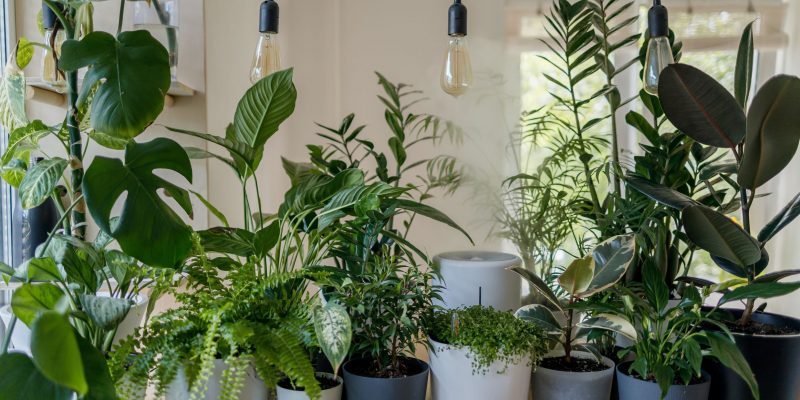

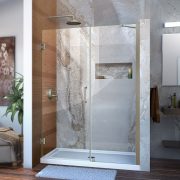
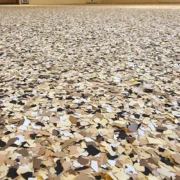
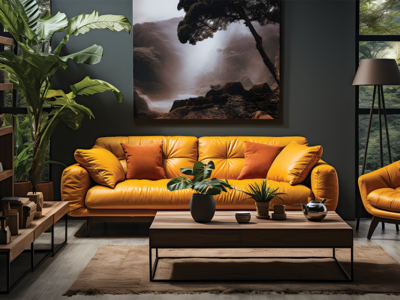

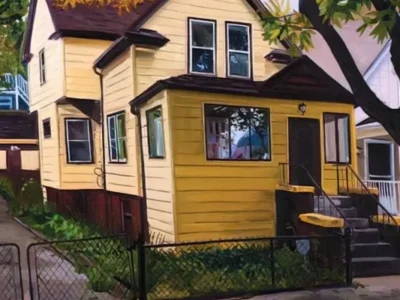

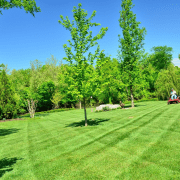

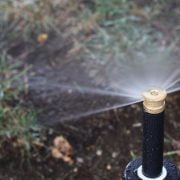
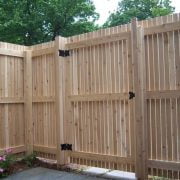
Comments